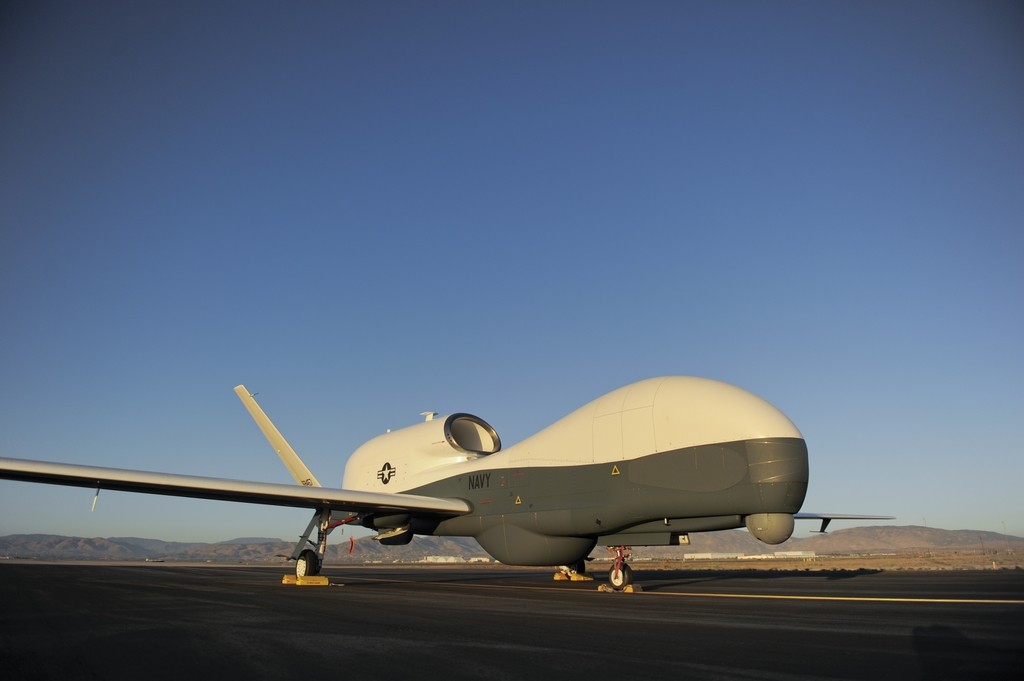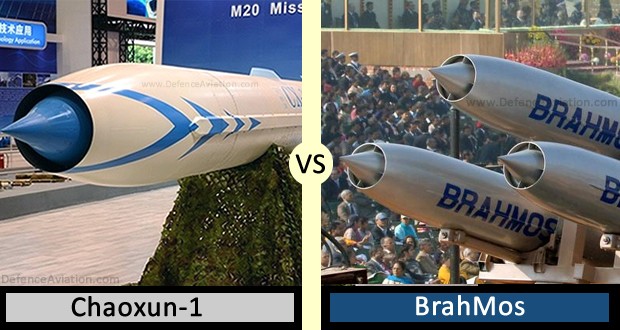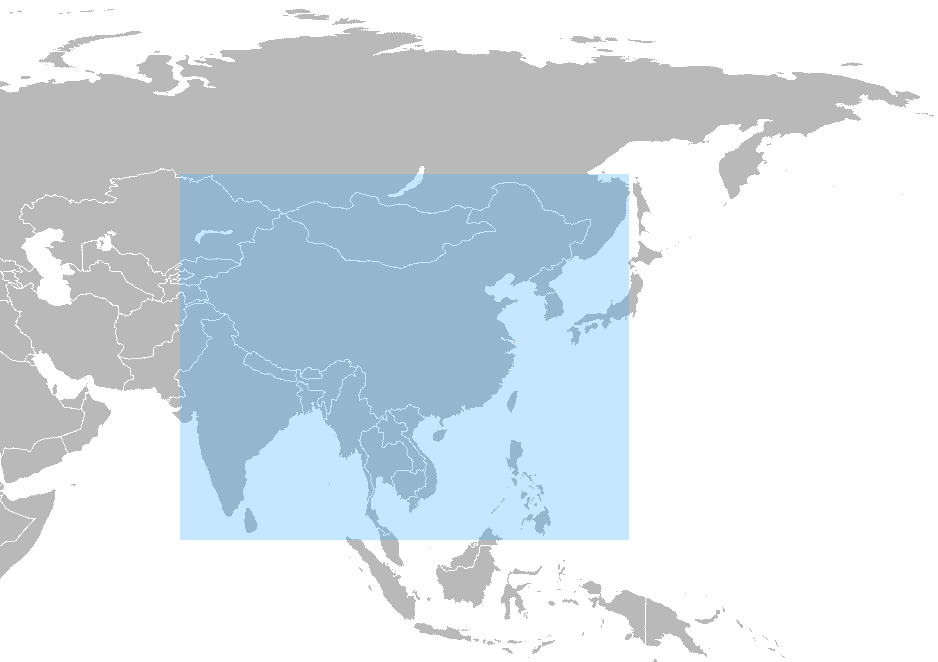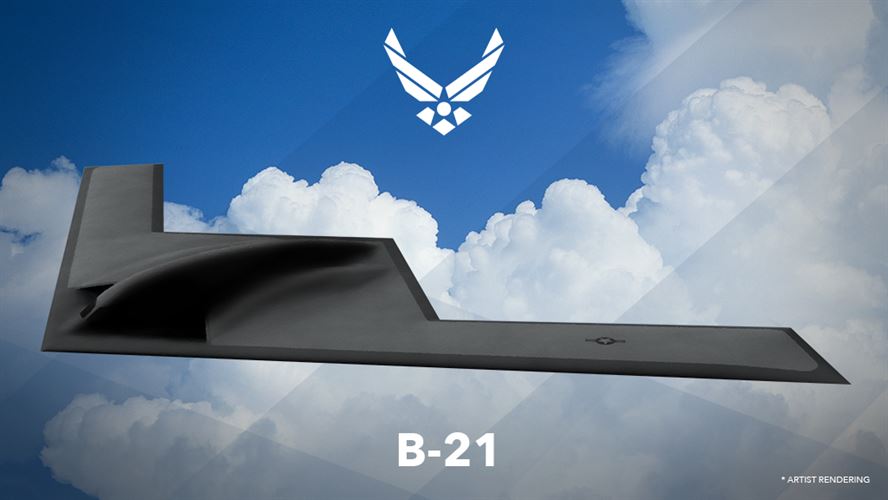Since the official unveiling of the Northrop Grumman MQ-4C Triton Broad Area Maritime Surveillance (BAMS) aircraft on June 14, 2012, many defence analysts have tried to predict its future development plans and the systems impact once it is based on various American Air Bases around the world including Kadena Air Base in Japan which is the hub of U.S. airpower in the Pacific. Kadena Air Base is already home to US Air Force’s largest combat wing – the 18th Wing, and a variety of associate units. As planned if the BAMS aircraft enters service by 2015 and if it is based on Kadena Air Base it will add to the existing fleet of F-15C/D, KC-135R/T Stratotankers, E-3B/C Sentries, HH-60 Pave Hawks, MC-130H Combat Talon IIs, MC-130P Combat Shadows and Navy P-3 Orions.
The MQ-4C carries different equipment to optimize it for maritime surveillance. It is believed to be a hybrid of the Global Hawk RQ-4 Block 10 and Block 20, with a wingspan of 130.9 feet, and an AN/ZPY-3 multifunction active sensor (MFAS) radar designed specifically for spotting objects in the ocean and capable of scanning 2.7 million square miles in a single mission. Once the US Navy receives its newest BAMS unmanned aircraft at the Kadena Air Base it could revolutionize naval warfare because of its sensors, a 360-degree coverage X-band active electronically scanned array radar. “It’s been made more robust,” Walt Kreitler, Northrop’s director of business development for BAMS, says of the new Triton aircraft. The new unmanned aircraft, based on Northrop’s Global Hawk, will soon help patrol the oceans along with Navy aircraft such as the P-3 Orion which is already stationed at Kadena Air Base by providing overhead surveillance.
The U.S. Navy plans to replace the remaining P-3C aircrafts by the Boeing P-8A Poseidon. In the near future the MQ-4C will complement the Boeing P-8 Poseidon which initial operating capability is planned for 2013. The MQ-4C once introduce by 2015 will patrol the oceans along with P-8A Poseidon and complement the navy’s Maritime Patrol and Reconnaissance Force family of systems, delivering SIGINT (signals intelligence), C4ISR and maritime strike capabilities. It will be capable of providing high altitude, persistent maritime surveillance and reconnaissance coverage of wide oceanographic and littoral zones at a mission radius of 2,000 nautical miles.




